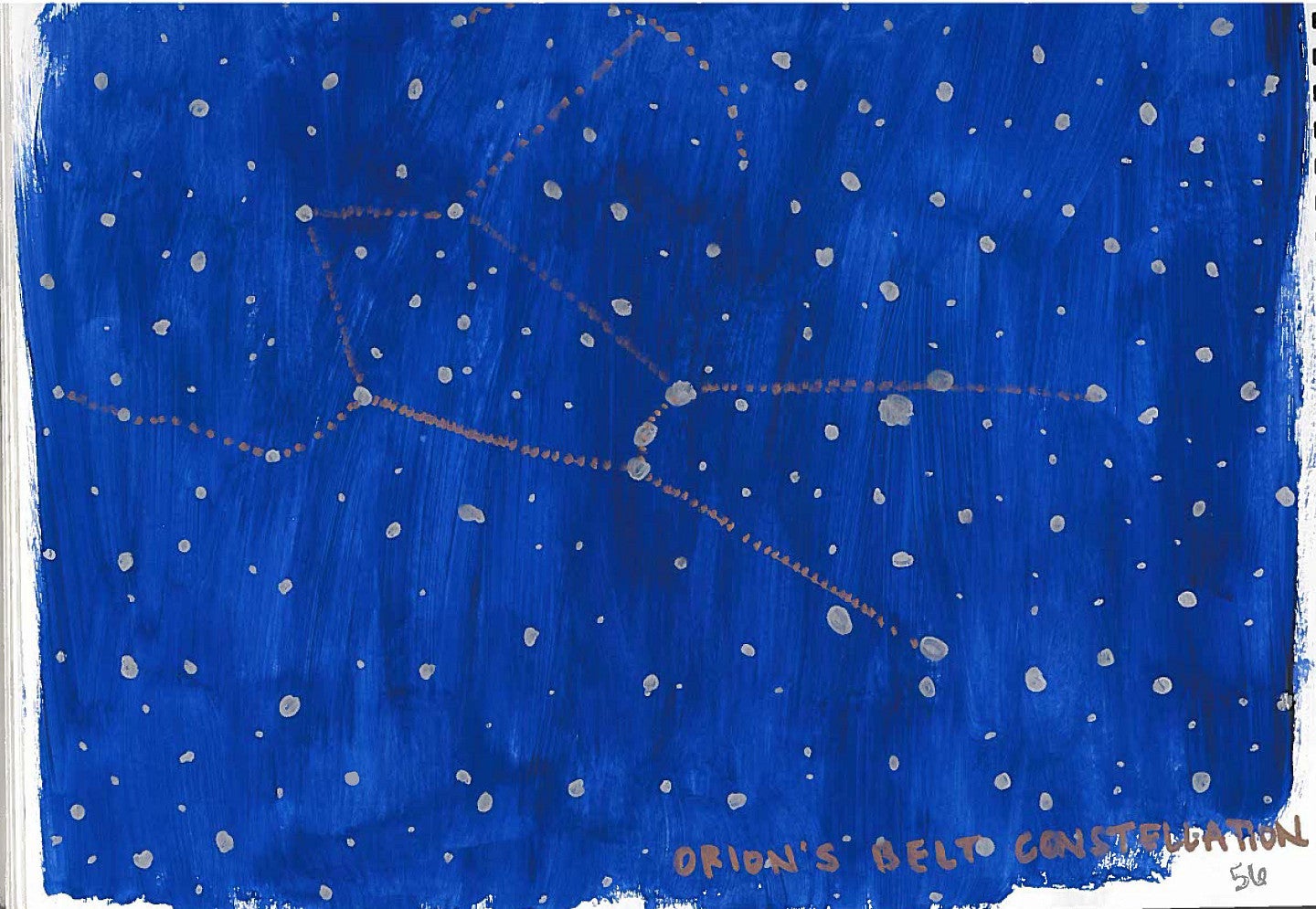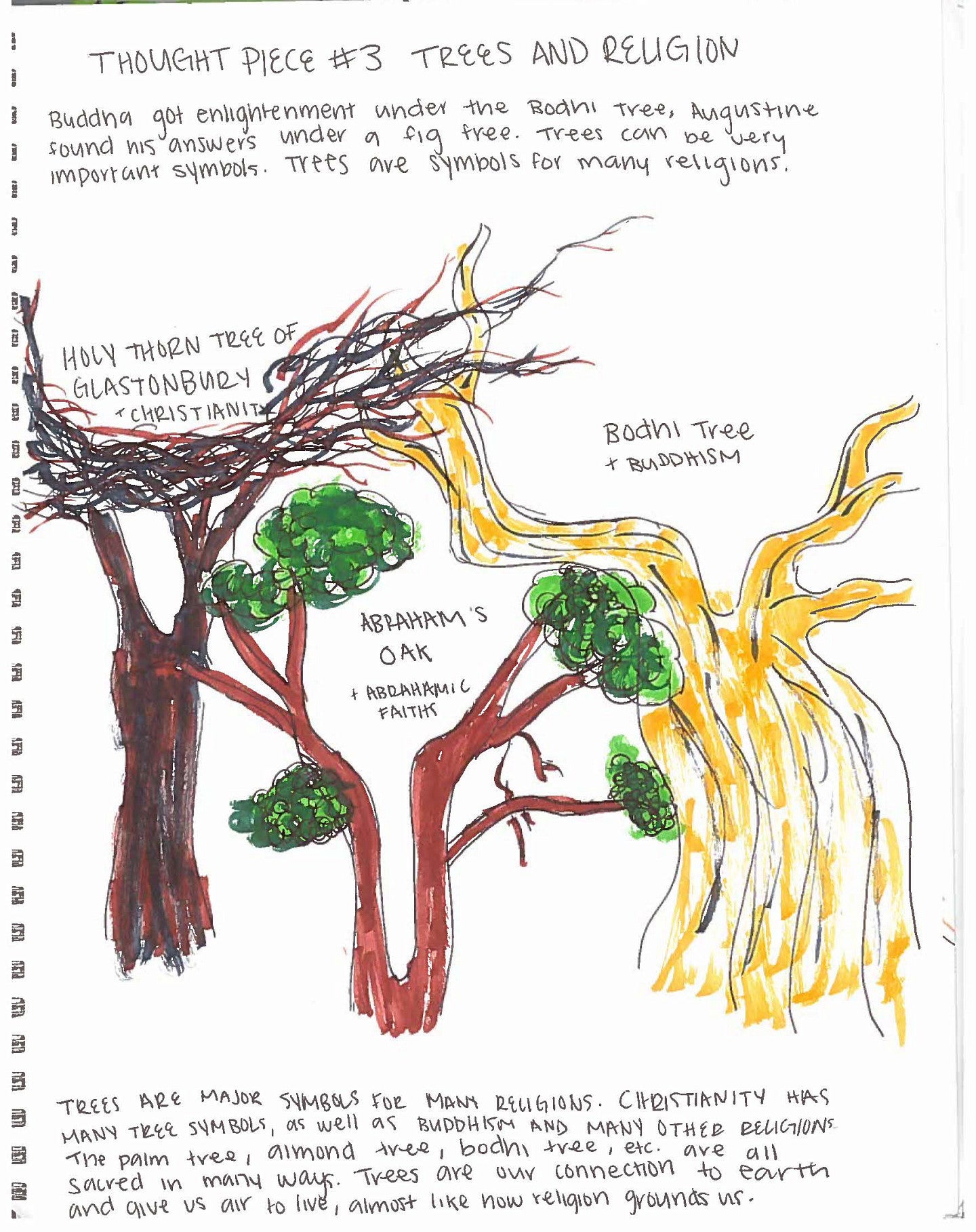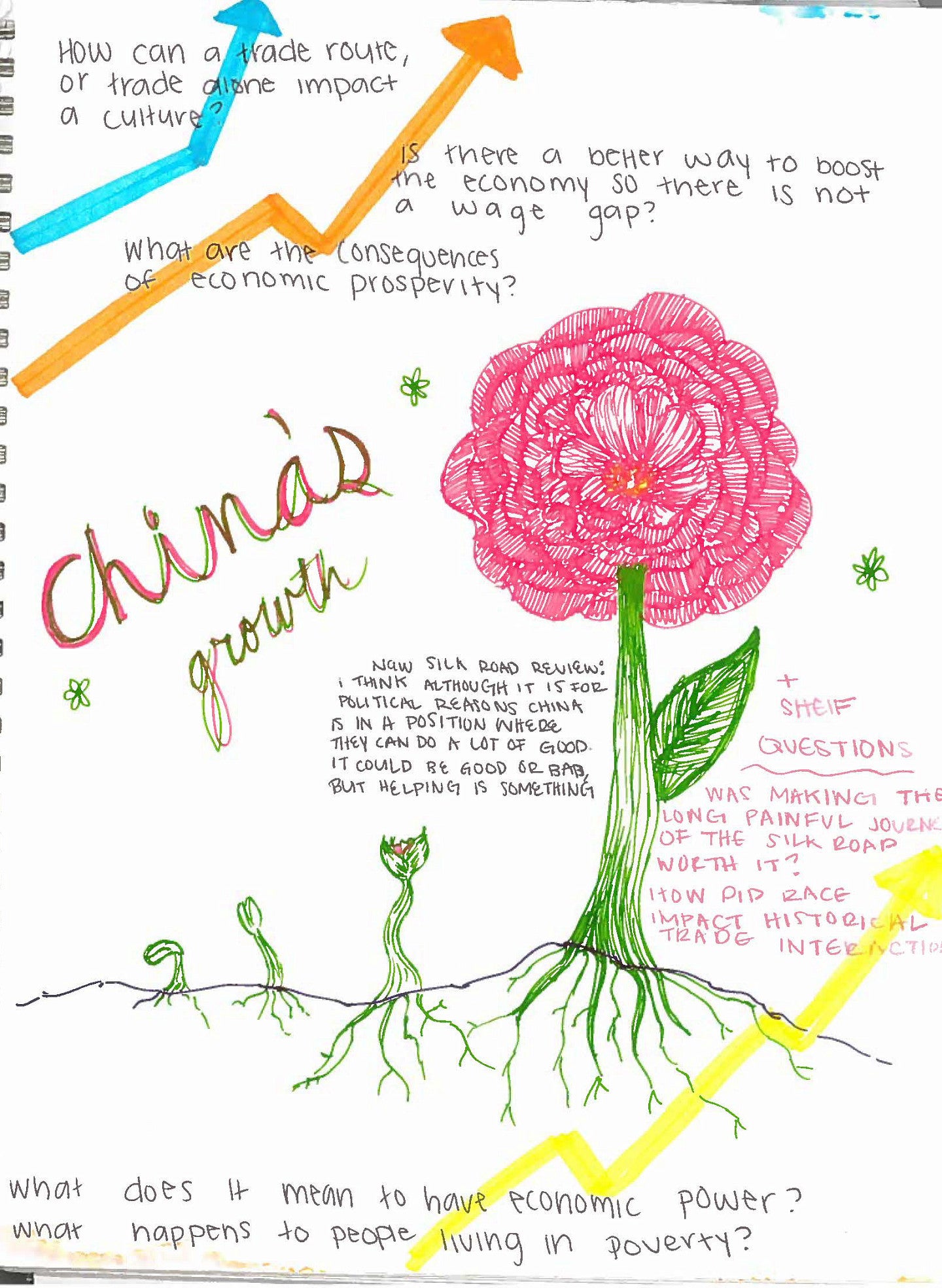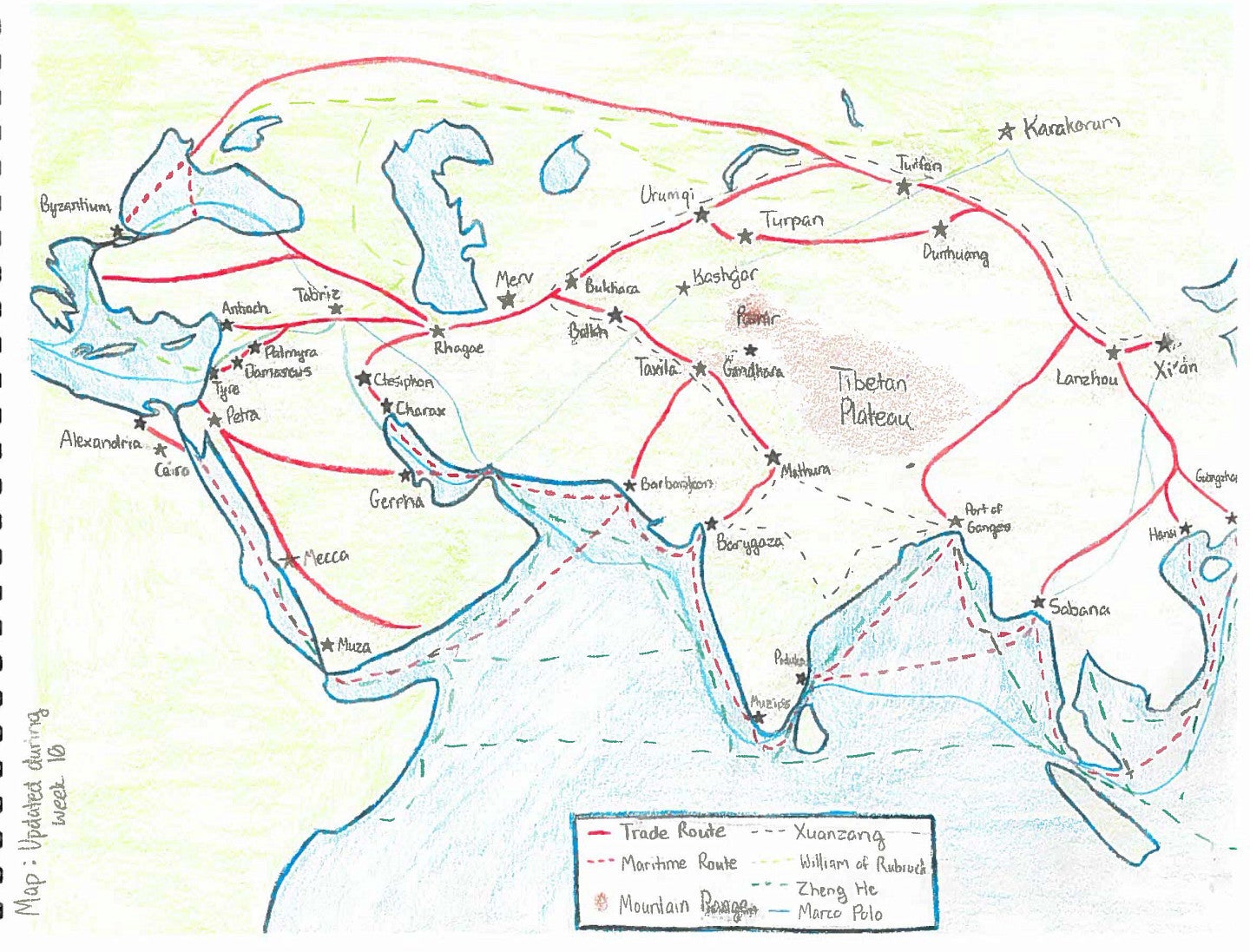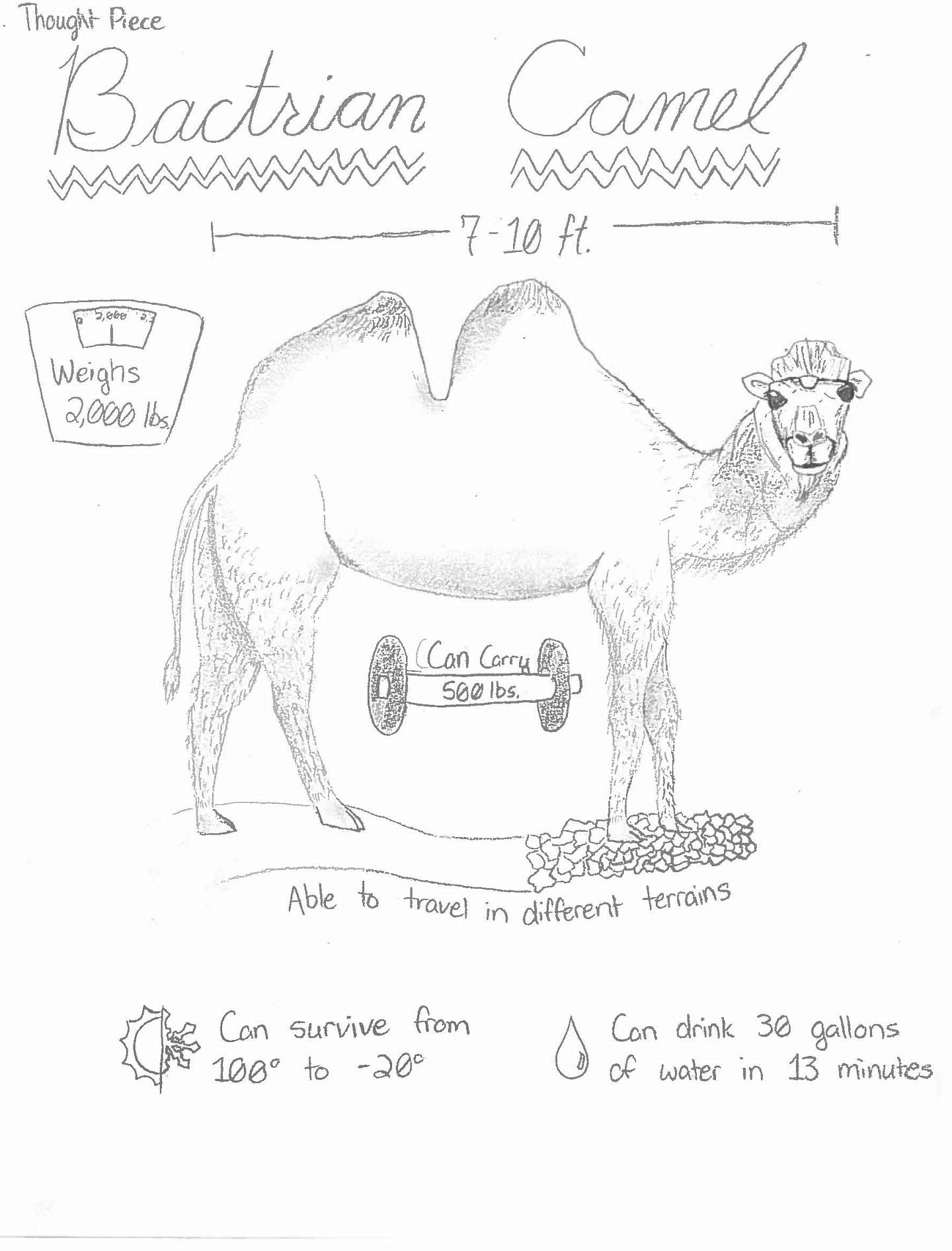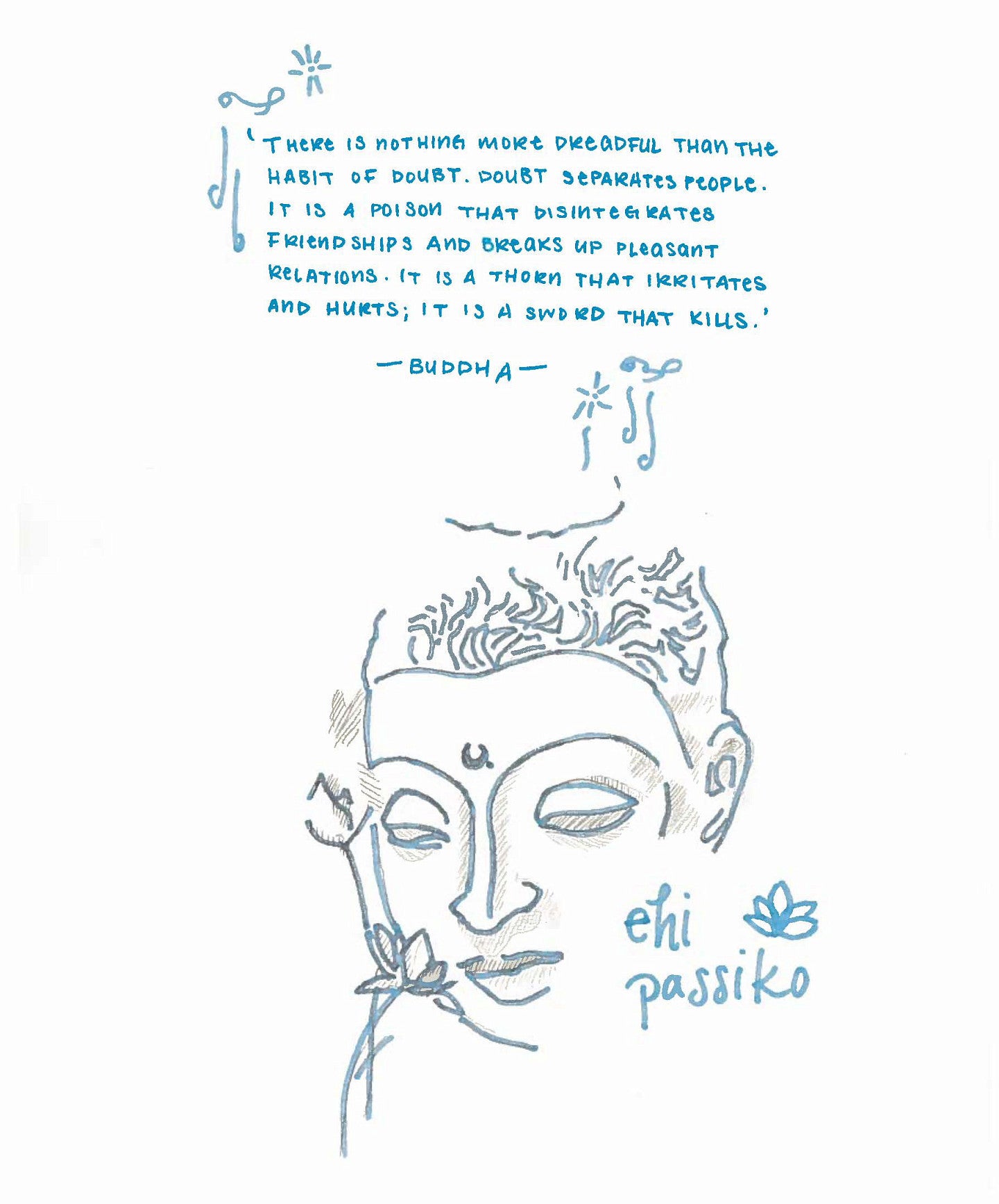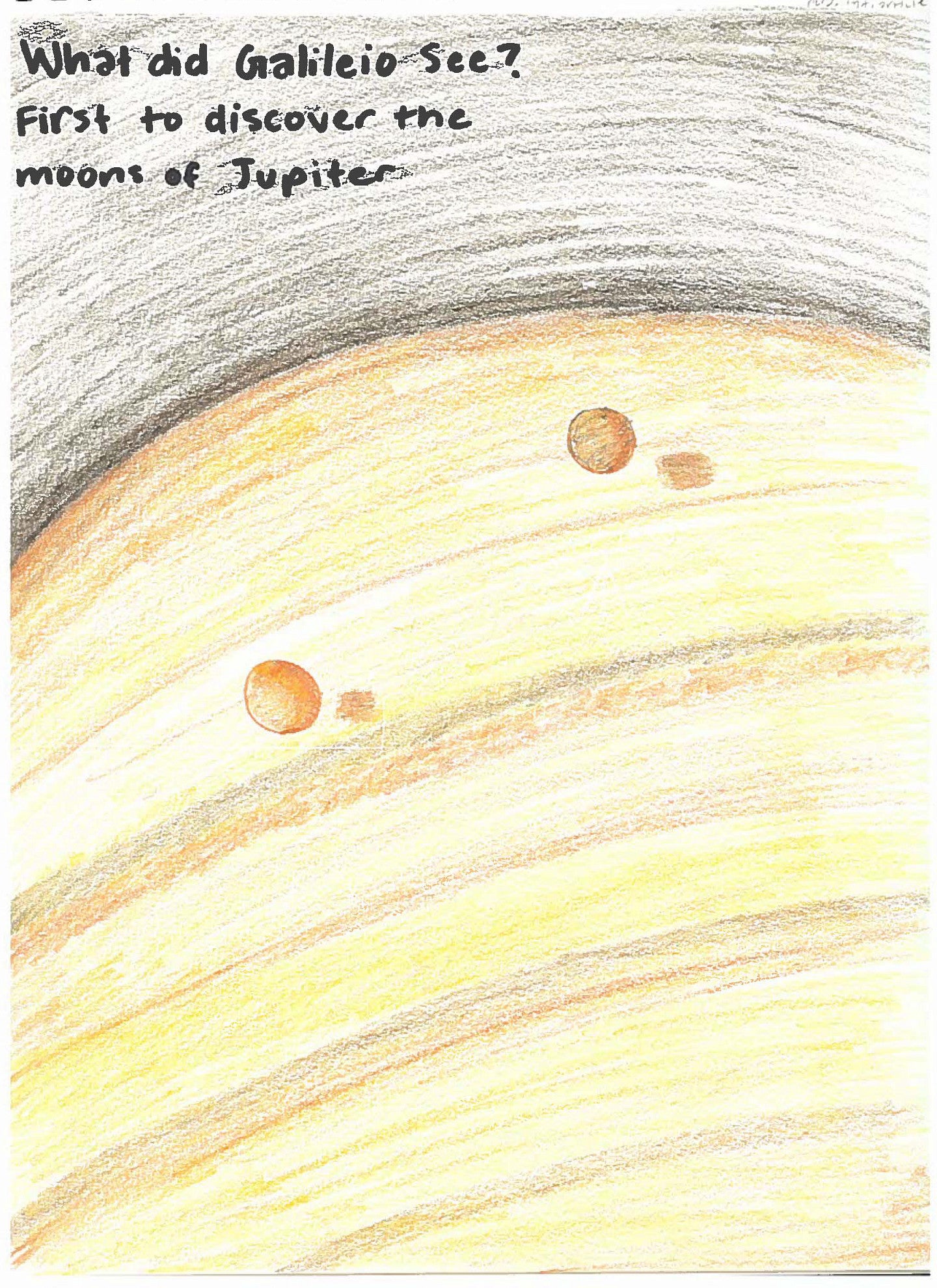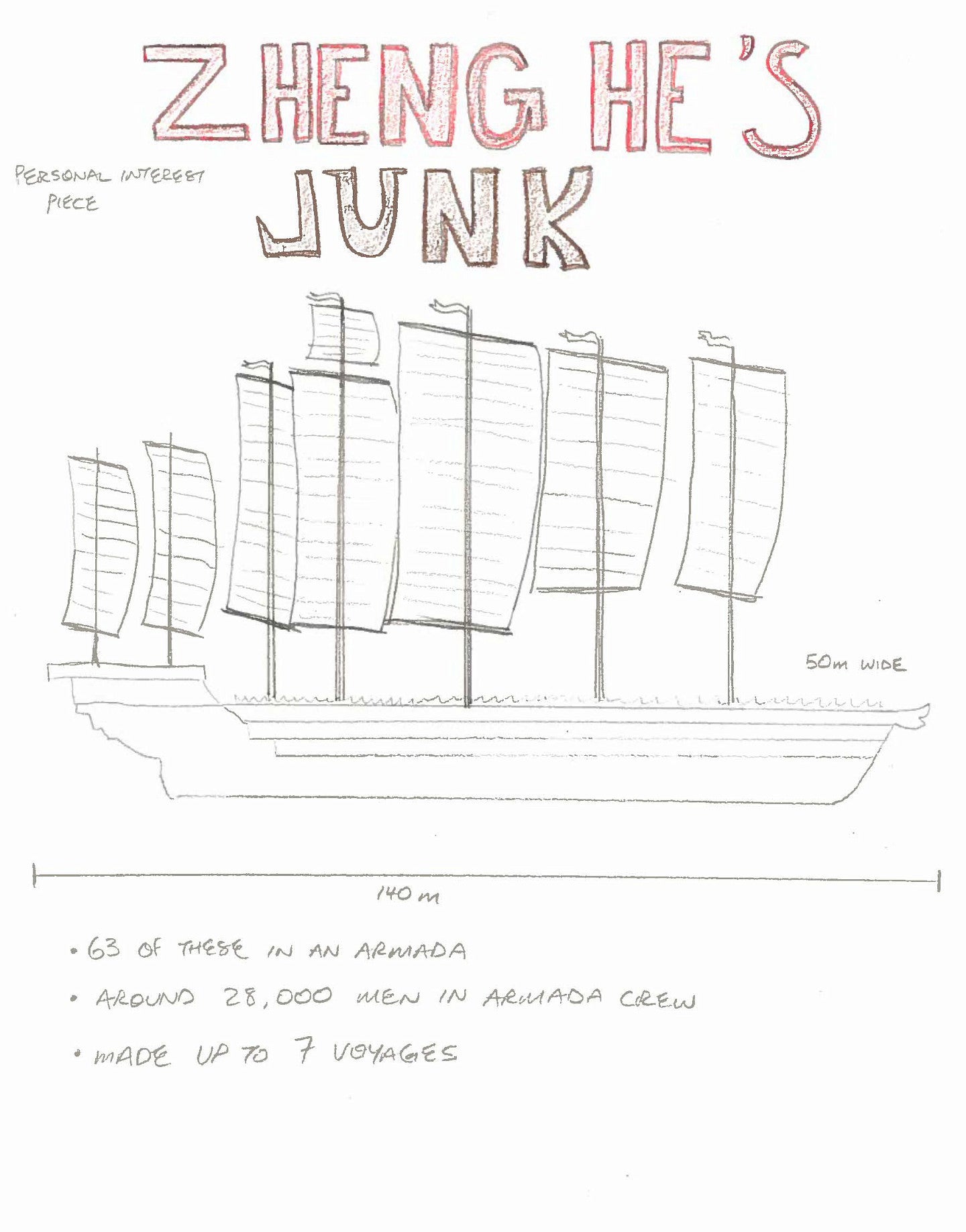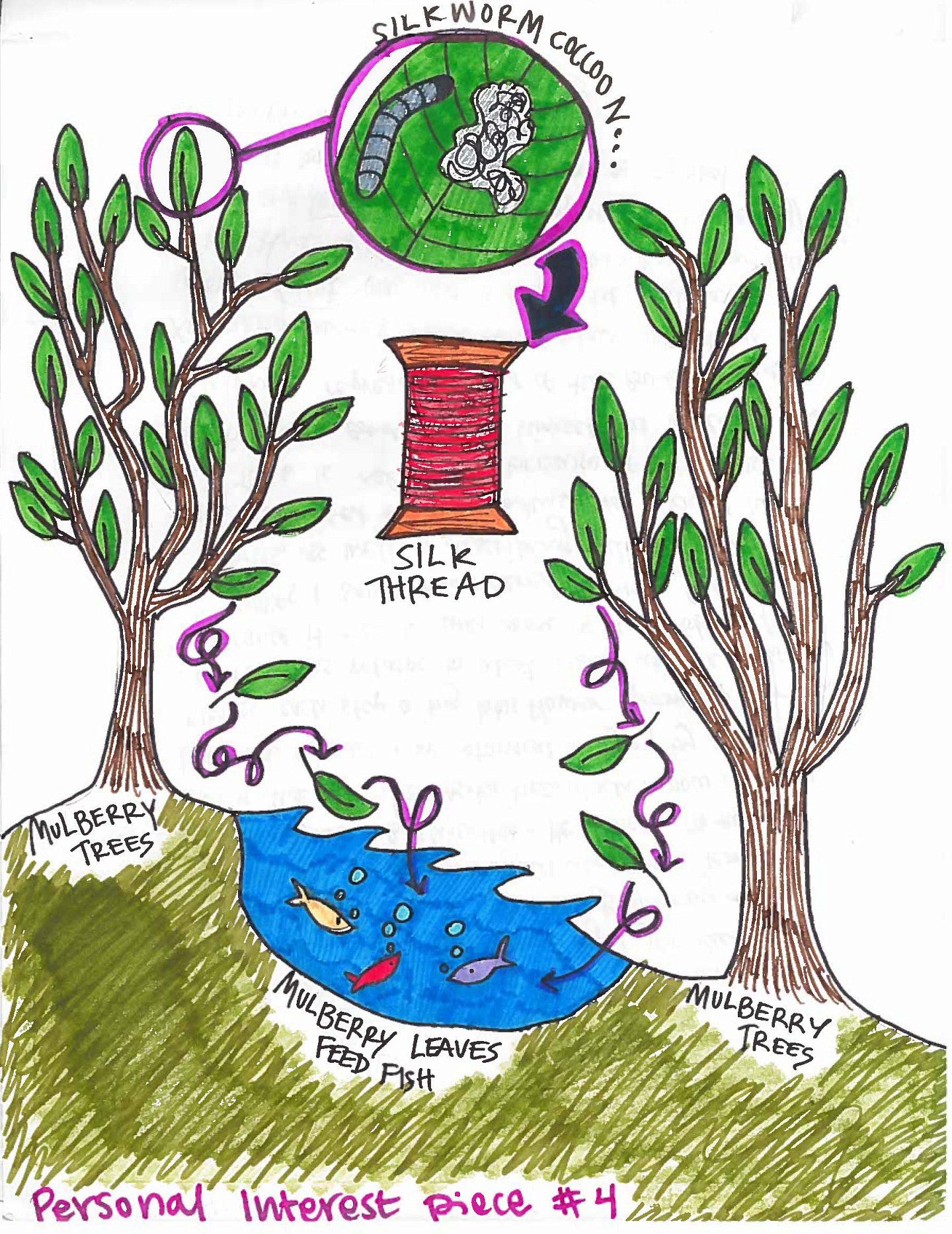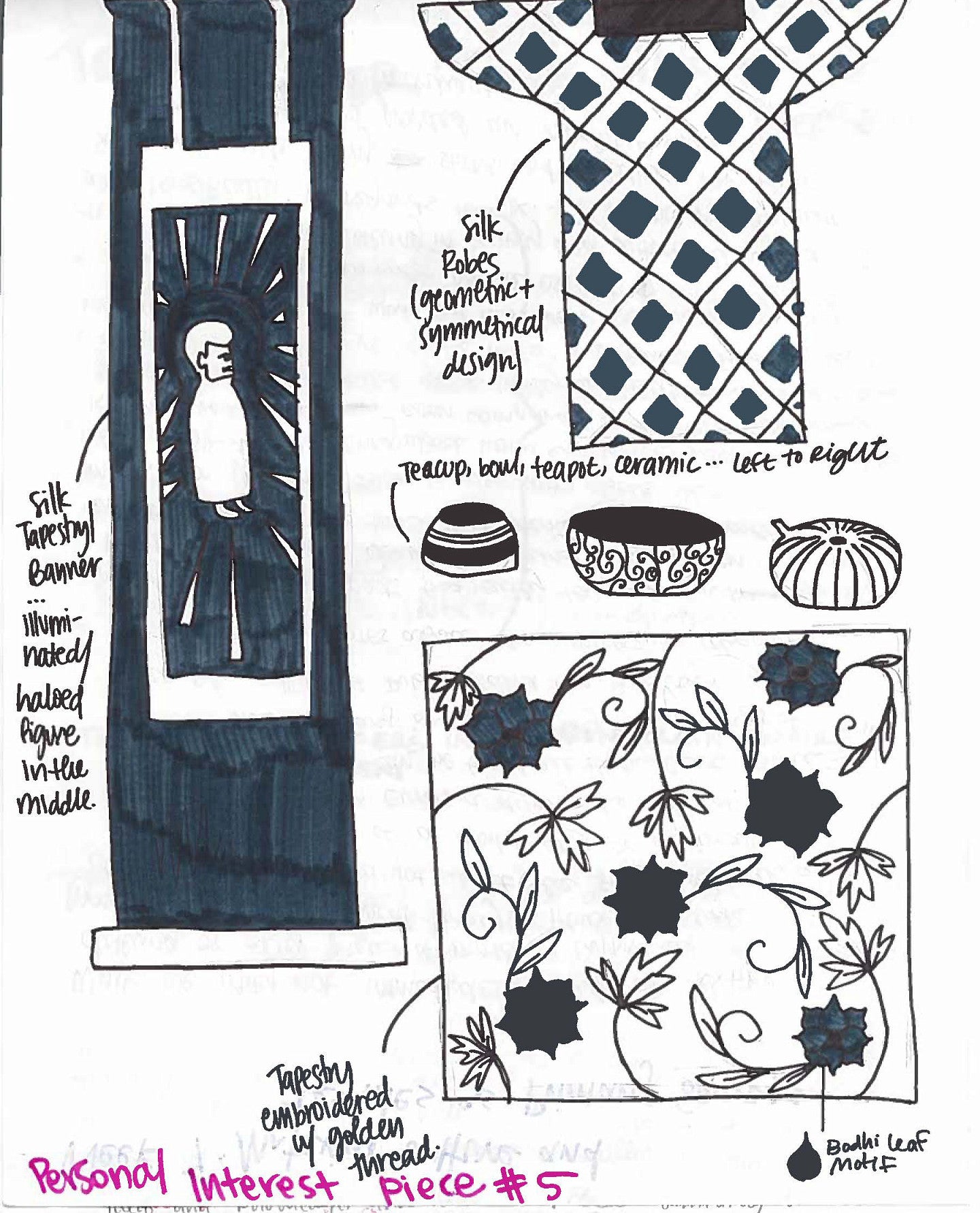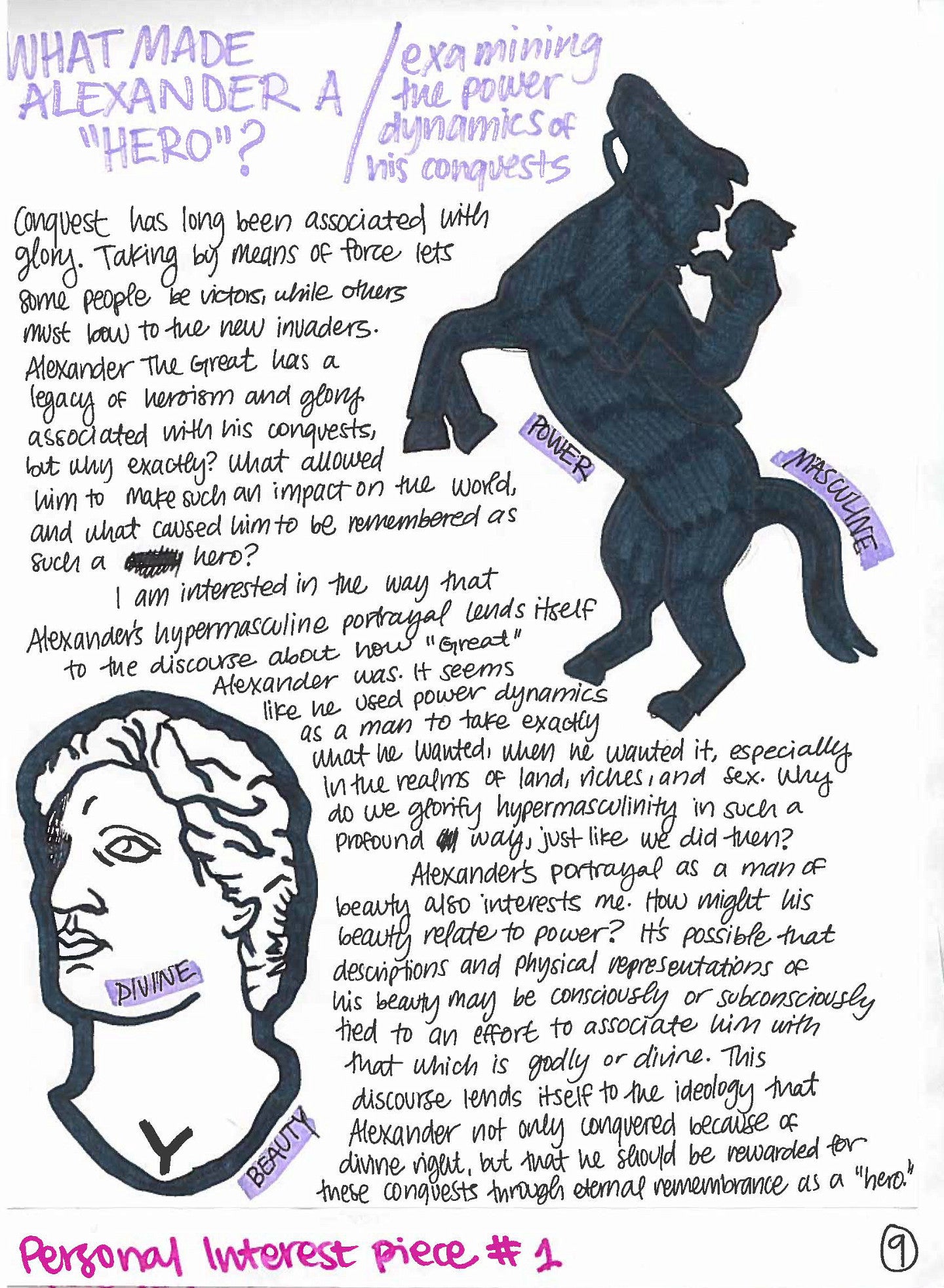Known both as the roof of the world and the crossroads of history, the Pamir Mountains rising to 23,000 feet with passes at 17, 000 feet make up the awesome terrain at the heart of Eurasia. Although the geography of high mountain passes, river valleys, and desert oases of the region has remained largely unchanged, the human story enacted on this terrain reveals layers of climate change both natural and social, making this area a core sample in the search for historical understanding. Motivated by desire, adventure, and profit, nomads, scholars, and merchants among others negotiated routes to Mediterranean, Himalayan, and Yellow River commercial networks.
Professor Roxann Prazniak’s class Crossing the Pamir Mountains begins by looking back from the 19th and 20th century movements of people and ideas, peeling back layers of encounter among societies in Iran, France, Afghanistan, and China (PRC). They explore the complexities of the present that make us wonder about the past. The class juxtaposes the Old Silk Road with the contemporary New Silk Road as two stages in the problems of economic and cultural globalization.
What has changed across this political and natural terrain? To answer, Crossing the Pamir Mountains looks to their heart of inquiry -- the long thirteenth century (1206-1368) of global upheaval, the Mongol Empire and its predecessors. The primary sources include traveler accounts, art, and literature of the pre-1400 era, including The Great Mongol Shahnama, Marco Polo’s Travels, and Rashid al-Din’s Jami ‘al-Tavarikh [Compendium of Histories].
The student art you see from this history class acts as a holistic way to organize and visualize concepts found in primary and secondary readings: ideas and relationships occur that would not appear otherwise. Most importantly, students individually find their own way of making coherent a vast amount of cultural and chronological diversity (plus, it’s just smart fun!).
By engaging with a rich and diverse cast of materials, students of Crossing the Pamir Mountains uncover how the rich exchange of ideas and material culture through the Silk Road produced pre-conditions essential for emergent global modernity.


